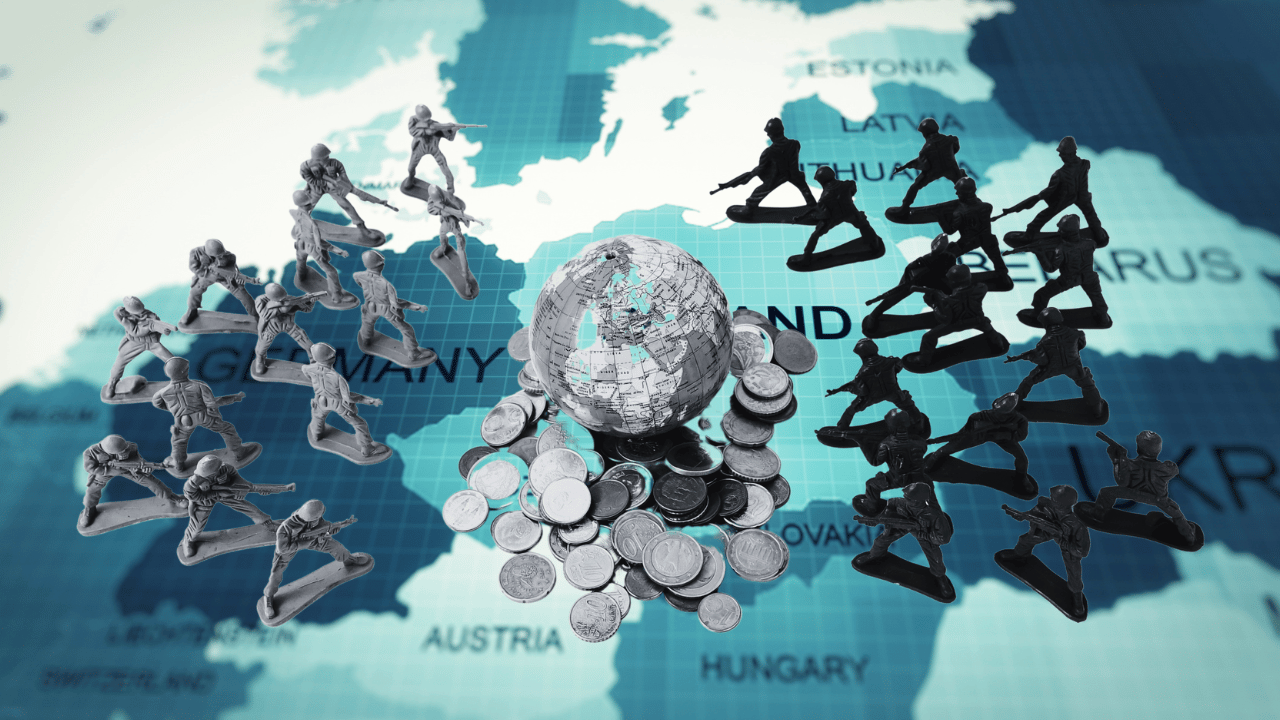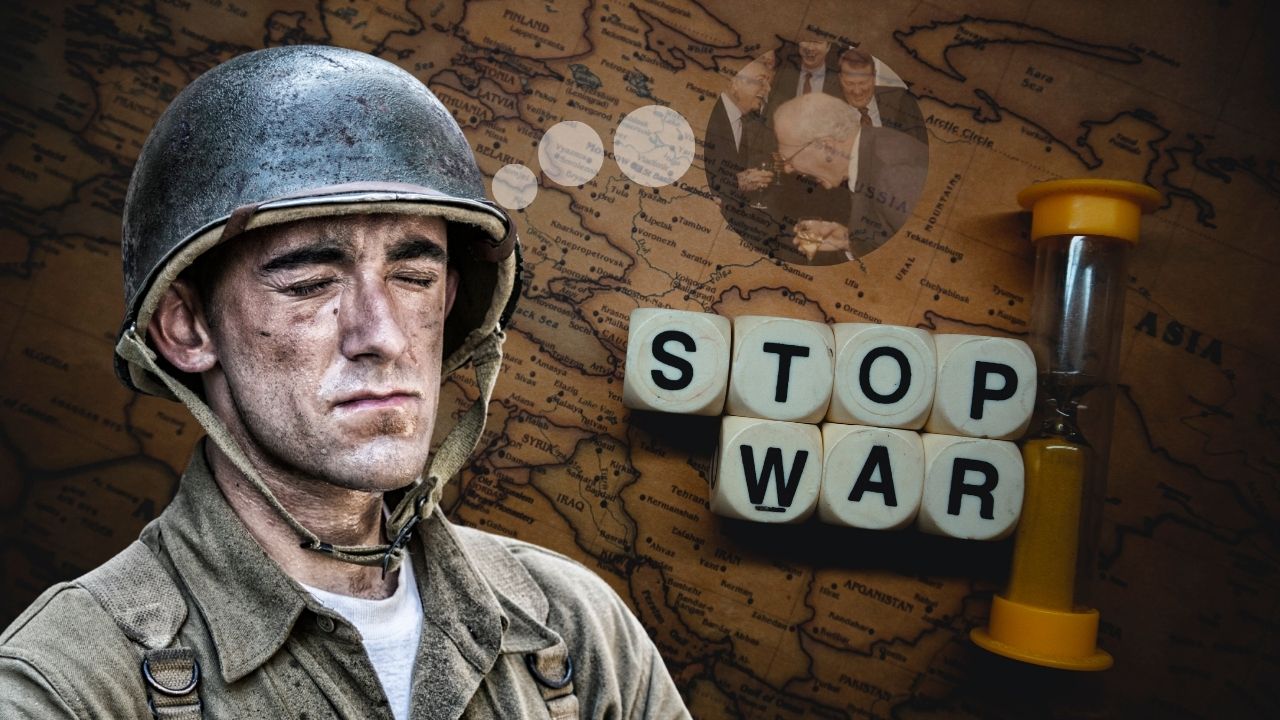The effects of the First and Second World Wars as total wars on society:
Technological and Industrial Advancements in the world wars, the first half of the 20th century were different from all the other wars that had been fought before. They were full-scale wars. They were the most deadly, and both sides had to use everything they had to win. They had an effect on every part of public life.
A huge number of people were killed or hurt. There were no countries at war; there were fights between ideas. Some countries, like Germany, Italy, and Japan, believed that white people were better than black people, while the others believed in either democracy or communism.
After the war was over, there was a race to be the boss of the world. The old British empire was weaker after it broke up. Now, both the USA and the USSR wanted to be the masters of the world.
What this means for society: World War I lasted four years, and World War II lasted six years. They were terrible, cruel, and destructive wars that put an end to an age.
After the French Revolution, people started to care more about their country and freedom, but now people had moved past those ideas. Instead of nationalism, there were new ideas that wanted to change the way society was set up. The growth of trade and science sparked a new awareness among the people.
The following changes happened in society because of these wars of Technological and Industrial Advancements:
1. Efforts to Solve the Problem of Minorities
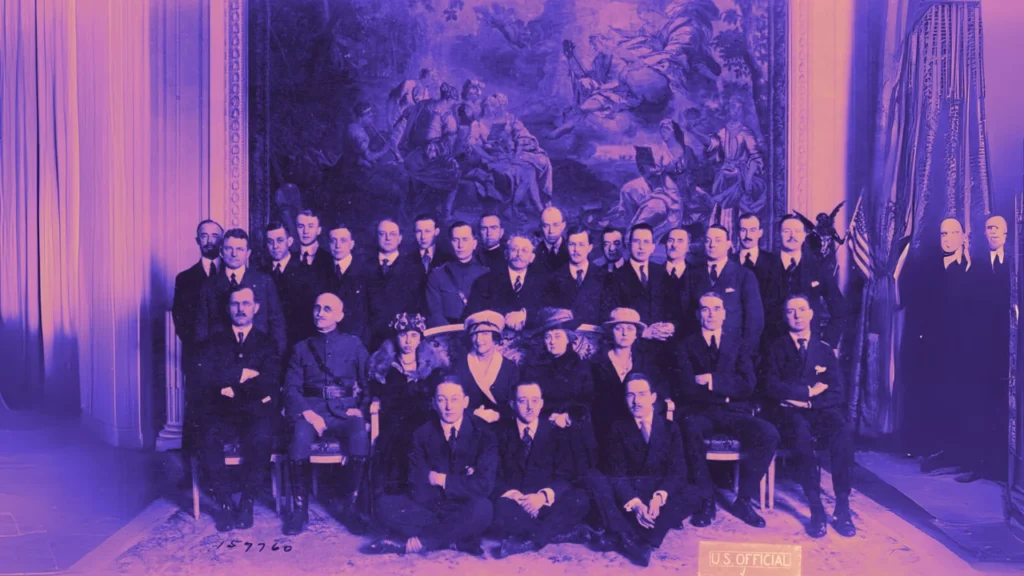
At the Paris Peace Conference, there was a need to protect the rights of minorities who lived permanently in Austria, Hungary, Bulgaria, and Turkey, as well as Poland and Czechoslovakia. Poland and Czechoslovakia were forced by the Paris Peace Conference to promise to protect the language, culture, and religion of the minorities who lived there permanently.
However, these countries, along with Romania, Greece, Yugoslavia, and Turkey, were against it because they thought it violated their sovereignty and would break up their states. They wanted to include the races in society as a whole. But the United States and Great Britain did not agree, so the League of Nations was finally asked to handle the situation. The problem still exists, which is a shame.
2. Changes in Women’s Status:
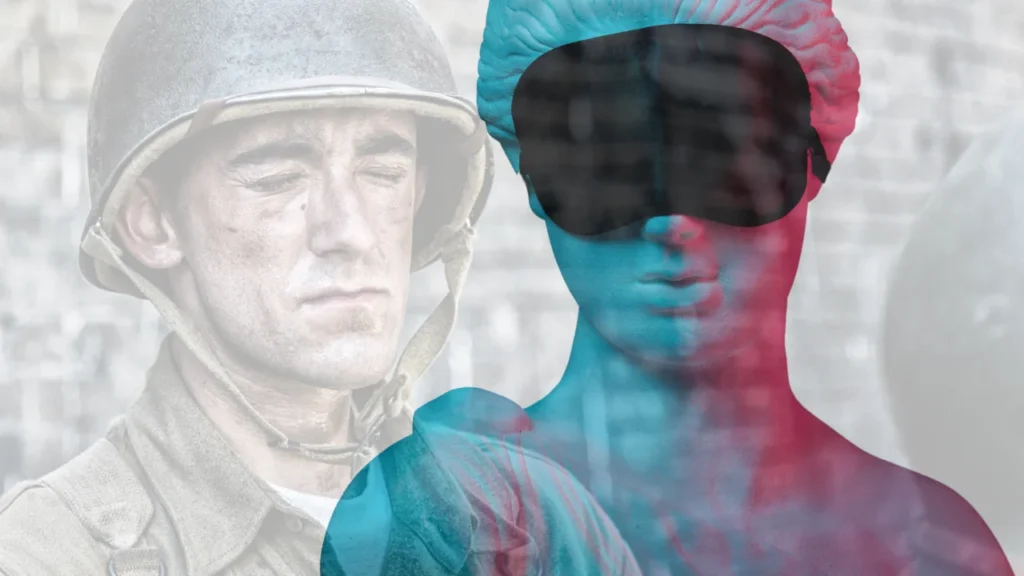
As the war went on, millions of men quit their jobs to join the military, and women filled their places in mills, factories, shops, offices, and other businesses. Of course, they also worked as nurses on the battlefield. So, they went into business and showed that they knew how to work hard. This made them feel better about themselves and more aware of how important they are in society. They asked for the right to vote. In Russia in 1917, women over 30 were given the right to vote. In Britain in 1918, and in Germany in 1920, the same thing happened.
In this way, the war completely changed the position of women. The number of working women grew quickly, but it hurt their relationships with family and friends.
3. Equal Rights for All Races
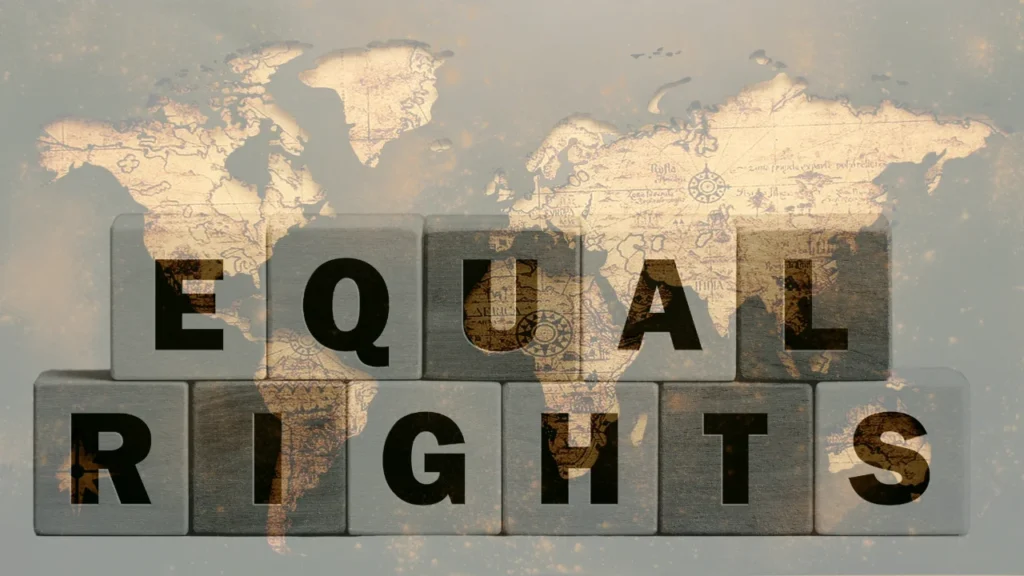
By the end of the 1800s, Europeans thought their race and colour made them better than black, brown, and yellow people from Asia and Africa. But when troops from India, Japan, and Africa fought in Europe during the war, they were just as brave as white soldiers. This put an end to the idea that European races were better than other races, and it led to more internationalism, peace, and wealth around the world.
4. The Illusion of Religious Supremacy
Many people’s senses and sensibilities were hurt by the First World War. This is called “the illusion of religious supremacy.“ Instead of helping the oppressed, the church became too loyal to the state and started to defend what their government was doing. People in that country were told that their most important religious task was to support their It was an insult to God and Christianity. People already didn’t believe in Christianity because of how far science had come. People now lean more towards agnosticism and not believing in God.
5. Big Steps Forward in Science:
The First World War changed people’s way of life. A lot of people had never been in a car or seen an Aeroplan before 1914. They didn’t know much about a number of electric gadgets. They lit their homes with paraffin and cooked their food over coal and wood. A lot of people did not finish high school. Both the eastern and western worlds had very different ways of life by the time of World War II.
In the years after World War II, science became an important part of people’s lives. A lot of different countries gave money to scientific study projects. Scientists set up labs and did tests to learn more about medicines, scientific farming, ways to get around and communicate, and natural resources that could be used in other ways. At the start of this century, a lot of progress was made in the fields of medicine and chemistry.
Malaria, typhoid, and para-typhoid have mostly been managed, and the death rate for babies has gone down. The most important thing to happen in the 20th century was the discovery and use of atomic power. Moving things and talking to each other better has made space and time smaller.
6. New Techniques in the Fine Arts
There have been big changes in music, drawing, and other arts. Some of the most important people in music history are Edward McDonal, Richard Strauss, Eager Stravisky, and others. Picasso, Grant Wood, and George Billows are some of the best painters who ever lived. In New York, the Church of Saint John the Divine and in Liverpool, the Church, were both built in that style. The light and air are well placed for them. Walter Gropius from Germany and Frank Lloyd Wright are both well-known builders. They made a lot of useful buildings.
7. Literature

In the 18th and 19th centuries, writers wrote about the lives of elites and wealthy middle-class people, and when they wrote about the poor, they tried to improve their lives. However, writers in the 20th century wrote about the weird and abnormal things that happened in life and used the slang words of the lower classes. The two most well-known playwrights of this time were George Bernard Shaw and O’Neill. There was a lot of reading of the works of John Galsworthy (Britain), Marcel Proust (France), Thomas Mann (Germany), Sigrid Oundset (Norway), Villa Cather (United States), Rabindranath Tagore (India), and Lin Yutang (China).
8. The Growth of Public Education
There was a huge rise in the number of schools built after World War I. In Britain, elementary schools were changed, and kids had to go to school until they were 14 years old. In 1925, all French children got a free primary education. By 1933, all French children got a free secondary education as well. Asian countries also built more schools, but ignorance was still very common in India and China while it was quickly going away in Japan. People were taught to follow their leaders in Germany, Italy, and Russia. In America, the number of high schools grew very quickly.
9. Humanistic Philosophy
After World War II, humanism was the most popular philosophy. Freedom and the well-being of people became the main goals of all political actions. The destruction of World War II was felt everywhere, and people wanted to get rid of their fear of war. During the war, people still talked about human rights, and the UN’s Declaration of Human Rights was a big step in the right direction.


